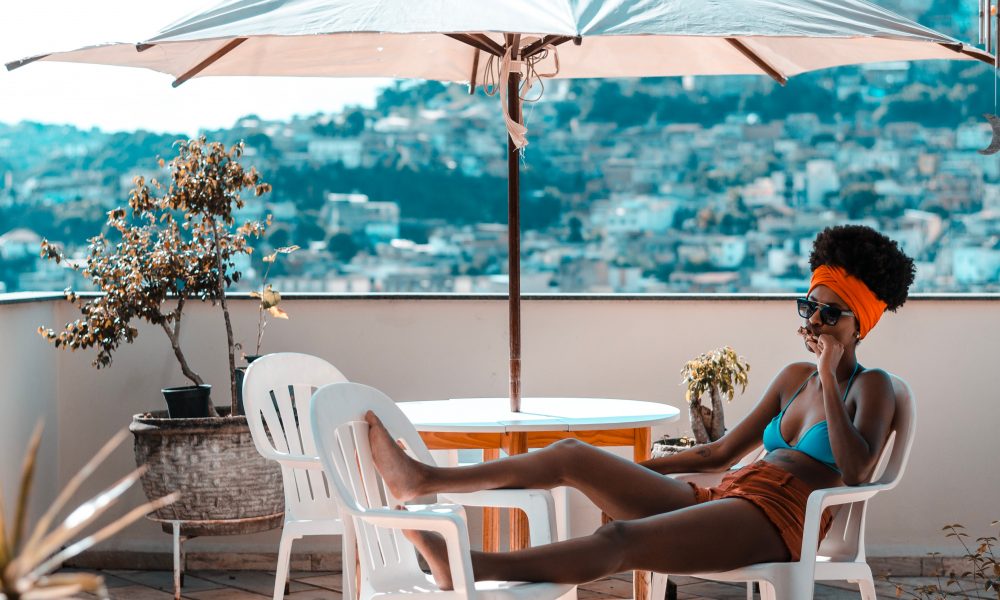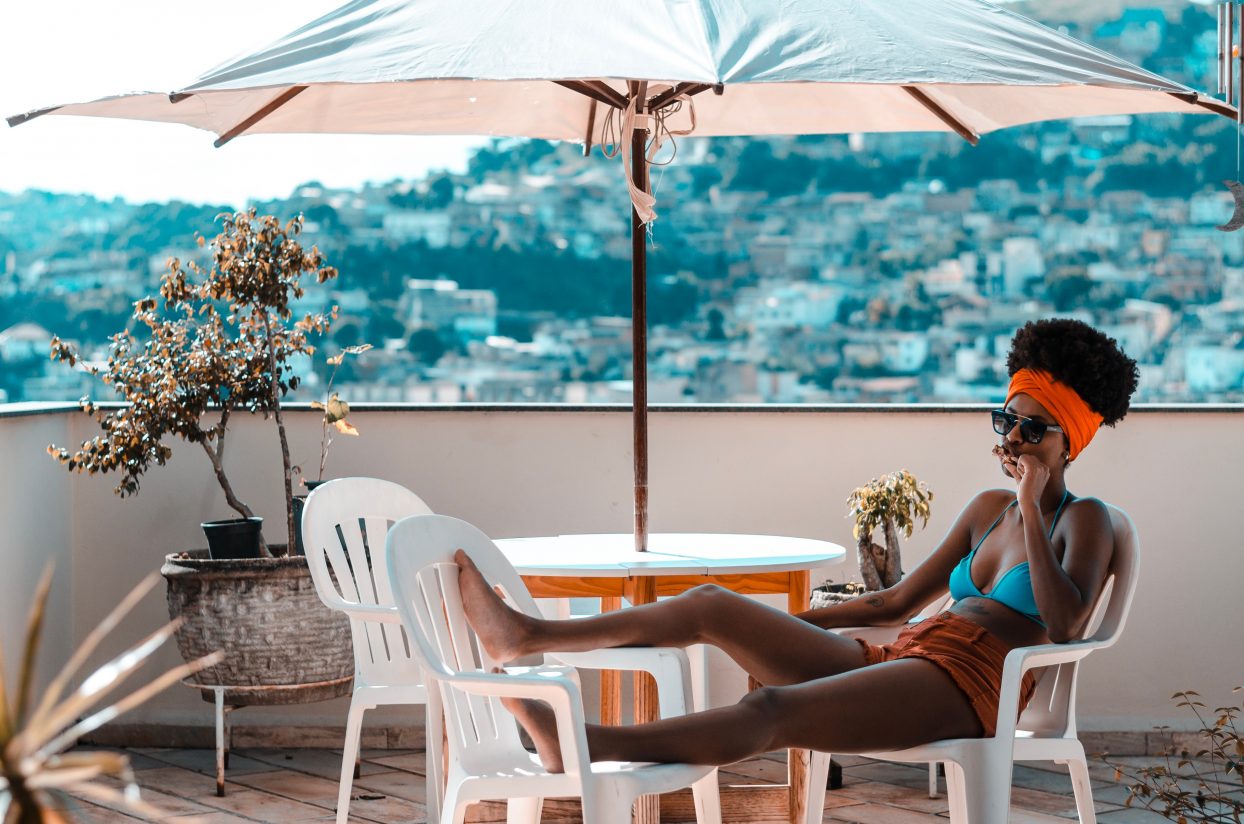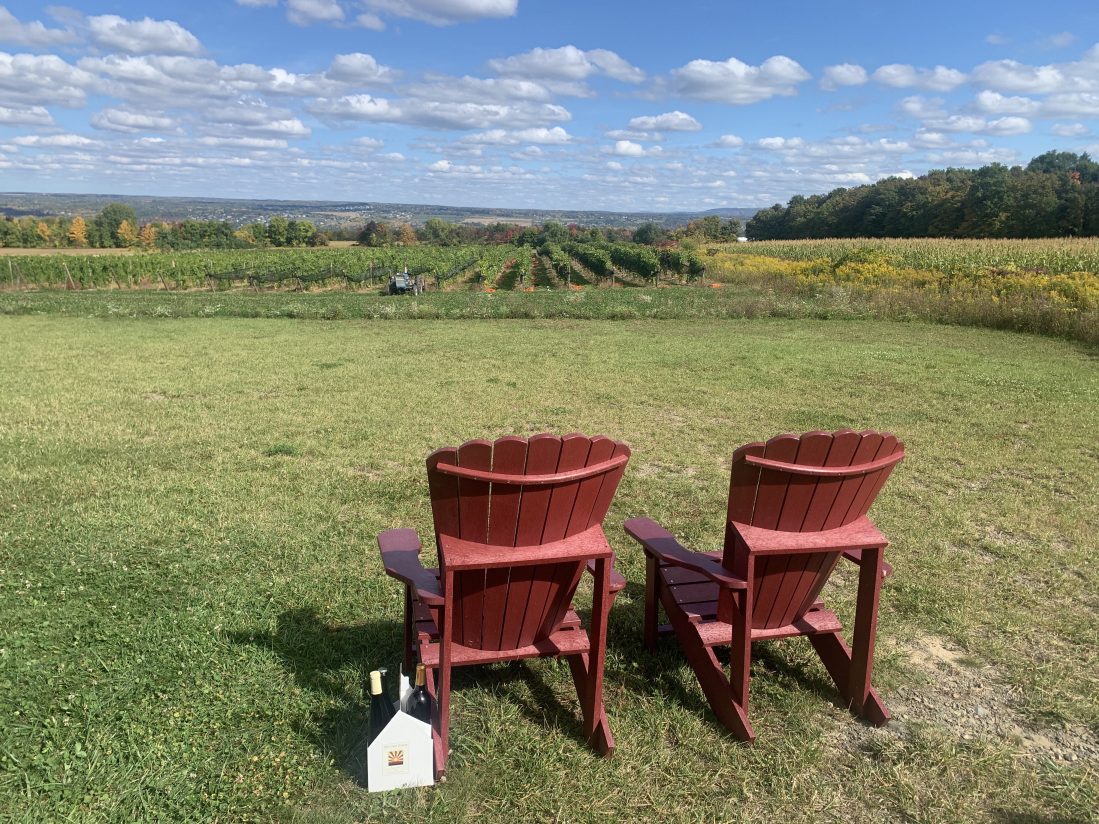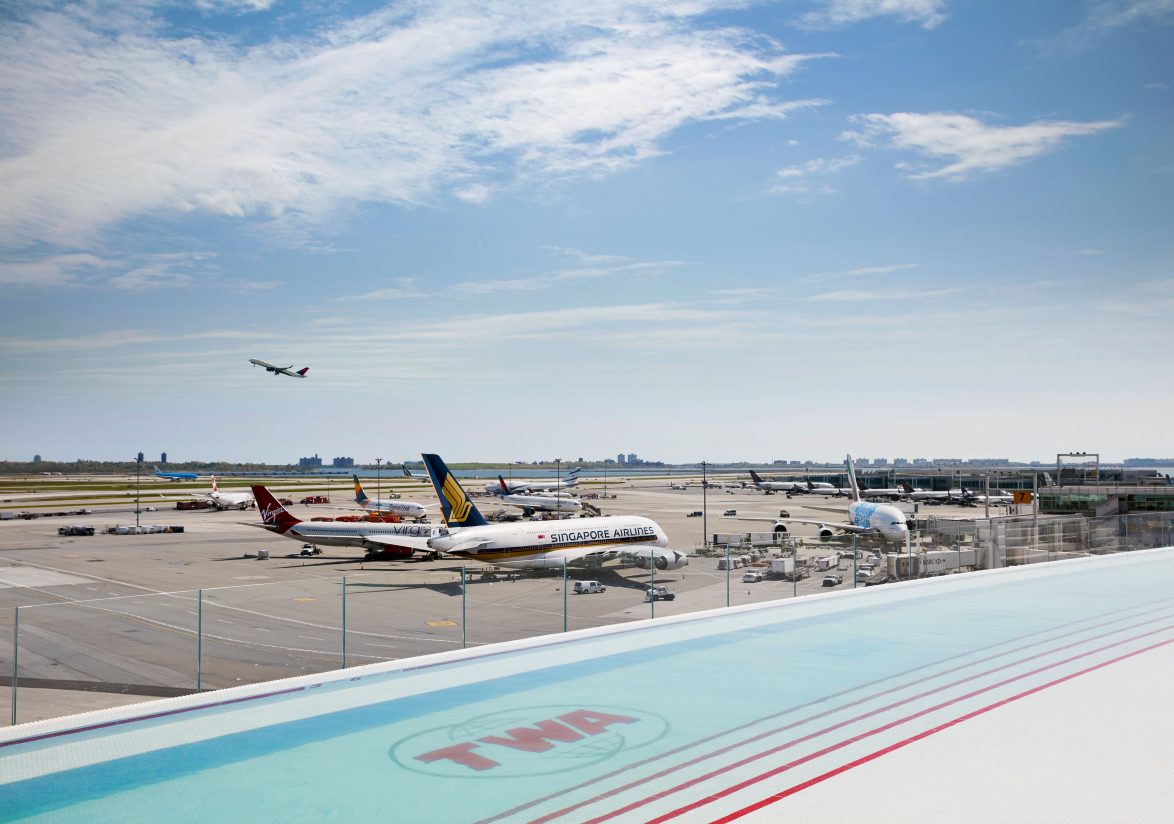Enjoying a new form of travel, “micro tourism”


I want to revel in the joy of travel once again! I believe I am one of many who are wishing for the same. Pre-lockdown, I found myself on a plane, flying to a new destination, once a month. It used to be that I hardly spent much time at home at all. As we begin to notice some changes in the world, such as the Japanese government announcing it will resume entry for foreigners, we can’t help but examine what travel looks like in this new corona-virus world.
While there are still strict restrictions on overseas travel, and many people choose to refrain from traveling abroad, a new style of travel has emerged. In place of the once bustling realm of international travel, a boon in domestic travel has developed. In Japan, for example, the Japan Tourism Agency (JTA) has played a central role in promoting domestic Japanese travel. Since July, the JTA has rolled out its “Go to Travel Campaign” designed to support the hard-hit travel industry in the nation. Through the campaign, the government is subsidizing up to 50% of travel costs (35% discount on travel expenses + 15% discount in the form of vouchers) for nationwide travel. The government is bearing these costs in an attempt to salvage tourist-driven businesses across Japan. According to Japan’s Ministry of Justice, 2019 saw a record number of foreign visitors to the country, 31.19 million to be exact. With the elimination of such demand in 2020, the government is encouraging Japanese people to rediscover the beauty of their country in their own backyard. While there were hesitations regarding the safety of smaller towns and the countryside, as it turns out people in these towns are thrilled to have visitors for business.
Even in the United States, one of the countries worst-hit by the virus, there seems to be a shift in mood towards travel. Travel associated with the key word “micro tourism,” seems to be acceptable from a safety perspective and desirable from a tourist perspective; this along with road trips seems to be the new travel trend across the states.
The Transportation Security Administration (TSA) reported figures for individuals traveling in the US over the lockdown period from around March 20 until mid-September. Predictably, the numbers show a dramatic drop in travelers from late March onwards. Though there has been a gradual increase leading up to September, all in all the figures show a 69% decrease in travel as compared with the same period last year. In short, significantly fewer people are taking to the skies in 2020.
Travel, as we knew it, is restricted due to coronavirus. In spite of that, we see new travel trends emerging:

・ Micro tourism
A trip that takes place about two hours from home, reachable by car. Such a trip has the appeal of discovering local attractions you may have previously overlooked, such as food, culture, and nature.
・ Road trip
A car trip in which you visit several areas along the way. Road trips are becoming more popular for their accessibility and safety, especially as people refrain from public transportation to reduce infection risk.
· Long Stay
Given that most office workers are now on a work from home policy, people are exploring the option to travel to a new destination to conduct their remote work. For example, 1-2 week trips to a hotel or lodge with wifi access that enables work to be done in a more interesting environment than home. Hotels even offer packages tailored to such customers.
・ Retreat
Retreat = relocation therapy. This option is gaining popularity in Japan because it gives people an opportunity to reset and recharge away from home. A “retreat,” in this context refers to an escape to nature or a soak in a hot spring – activities that rejuvenate you from the daily wear of work.

Supporting local business while traveling
The growing trend of micro tourism has provided a needed boost for local businesses. Rather than looking far for travel destinations, people have begun to look around them locally. This has led to new interest in local businesses as well. According to a survey conducted by TV ad distributor, ZypMedia, in May, 53% of respondents said they’d begun shopping at local retail stores in lockdown. Of the 53%, 68% said they would continue to purchase locally rather than returning to nationwide chains. Restrictions from the pandemic, while difficult in many ways, have led to an increased awareness for local businesses in a way that may not have come about otherwise.
Even the major travel magazine Condé Nast Traveler has caught onto promoting the micro tourism trend. In late August they published a special feature introducing small towns within reach of seven major US cities, including New York, San Francisco, Chicago, and Houston. While some of the attraction of micro tourism is directly linked to the growing trend of supporting grassroots and local initiatives that preceded the pandemic, the rest of the attraction is brought on by the sincere charm of local towns. Take for example a city-dweller, like me, driving to the Finger Lakes from Manhattan. The area, dotted with local wineries, is utterly unlike Manhattan in the best way possible, despite still being in New York. There, I was surrounded by beautiful autumn leaves and rich natural landscapes. I browsed local shops and came away with artisanal wines. It had never before crossed my mind to visit the Finger Lakes because I had been busy hopping on airplanes instead. This year has opened my eyes to the possibilities to escape to somewhere wonderful right around the corner.

Stay in a safer place and prepare your mind and body
Another growing travel trend in corona-times is trips that focus on improving health and wellness. For some individuals, the lockdown period and increased restrictions on lifestyle have caused a great deal of stress and anxiety. In light of this, people have begun to realize the importance of self-care and mental health. In the United States, places like the Esalen Institute in Big Sur, California have seen a number of entrepreneurs stop by for a mind and body reset. The Institute, nestled in some of California’s most lush natural beauty, offers yoga, meditation, and spa treatments as means for rejuvenation. Other people have opted for temporary relocation to the countryside during the pandemic in order to get their fill of nature and all its healing properties. With a plethora of national and state parks spanning the US, people are taking advantage of natural wonders as a way to balance their overall state of wellbeing.
On the other hand, the pandemic has inspired a new nomadic way of life for some people, in which most of their belongings are shut in storage save for some essentials, and they take off for new destinations for an extended period of time. Places like Estonia and Bermuda offer special one year long-stay visas for digital and remote workers earning above a certain threshold. This lifestyle offers a marriage between work and travel for those looking to make the most of their remote work setup. As the pandemic carries on, such a trend may grow to be more permanent.
Especially among entrepreneurs or digitally based workers, there is a significant proportion of people who are able to work from anywhere in the world. Even within the US it seems there are people moving from state to state like migratory birds. Apartment leases have been canceled in place of living light on belongings and heavy on new environments. Already in the course of the pandemic I have left New York City for Hudson in upstate New York, and will soon go to Japan temporarily as well. Despite the many challenges the pandemic has brought on, I find myself feeling grateful for the opportunity to have such experiences that would not have been available otherwise. One unanticipated consequence of the virus is a reformation of people’s definition of “settlement” and how to live life.
As always, however, we believe strongly that it is important to stay up to date with the evolving restrictions and requirements associated with travel during the pandemic. Always check that you have accurate and updated information before heading off to a new destination.
Though we may not have thought travel would become an emergent theme in 2020, the birth of new trends has given us hope for alternative possibilities in the face of unprecedented challenge.
